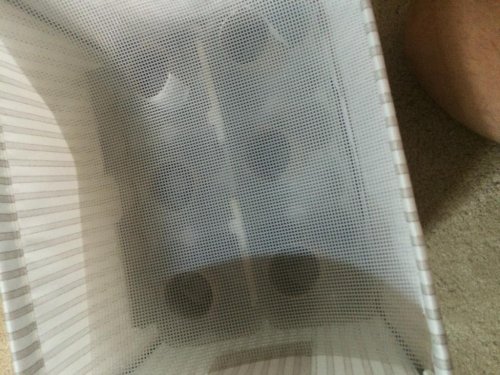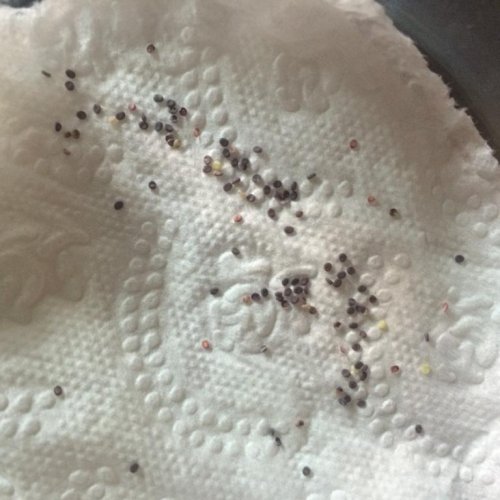ChameLIonLover
Member
Hi guys, here is a pic of some of the eggs I got some coastal silkworms. Not sure if you can see but there are many different colors such as light and dark purples. I have had them out towards the top of my cham enclosure around 78-80 degrees or so as they are close to the lights. What do you guys think? The are just in a small circular container with some paper towel or toilet paper.
I've read they are supposed to hatch in 10 days or less so I am starting to get a little concerned. I do have a little tote container set up for when they do hatch (assuming they hatch...)
Thanks for any comments!
-Li
I've read they are supposed to hatch in 10 days or less so I am starting to get a little concerned. I do have a little tote container set up for when they do hatch (assuming they hatch...)
Thanks for any comments!
-Li
Attachments
Last edited:


